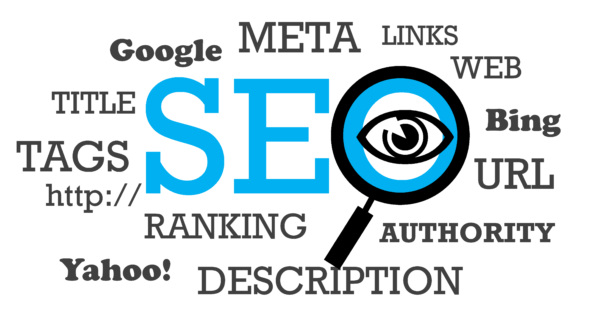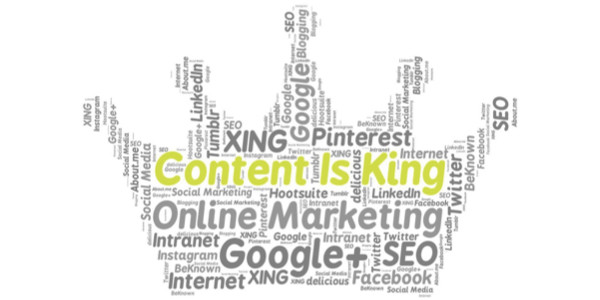
Google Mobile Ads Getting Better
If you have spent any time in the last five years on any sort of mobile or tablet device, then there is a high probability that you have inadvertently clicked on an ad. Sometimes it is when you are scrolling down a page, other times it is an annoying popup that comes up at the perfect time when you are trying to click on something. It is so pervasive that some studies have indicated up to 50% of all clicks on mobile are accidental.
This is a problem from not only a consumer’s standpoint, but also from a marketer’s.
From a consumer’s standpoint, you instantly begin to have a negative impression on whatever is being marketed to you if you accidentally click on their ad and are taken away from the screen you wanted to be on. This inconvenience created a bad user experience and statistically makes a person more reticent to interact with or purchase from that entity in the future.
From a marketing stance, accidental clicks like this are a bit of a nightmare. Admittedly, these accidental clicks are “good” in the sense that they are analyzed as impressions and successful click through. This is often something that some marketing agencies tout as proof that their marketing is working.
In reality, we all know that such impressions are obviously not a sign of actual interest. In fact, if a marketing agency that has their client’s best interest at heart cringe at the fact that they just had a Pay-Per-Click that had little to no probability of converting into a customer.
Last Thursday, happily, Google has announced that they will be updating how their mobile ads work in order to improve the user experience, and in the case of Zero Six Media, improve our marketing.
Google announced that they will be:
Blocking clicks near the image edge – After identifying this area as prone to accidental clicking, they will be changing the area of effect needed to register as a click further towards the center of the image.
Blocking clicks on app icons – This applies to in-app interstitials where users will no longer be able to click on an install ad button if it is in a certain proximity to the close button. This will lead to the consumer using the call to action button instead, resulting in valid clicks.
Adding a delay to the ability to click – Ads will only become clickable once they have been onscreen for a select amount of time. This will allow for users to avoid an ill-timed popup.
All of these changes seem to be phenomenal, both as a consumer and marketer. Now if only Words With Friends would run a different ad than Game of War.







